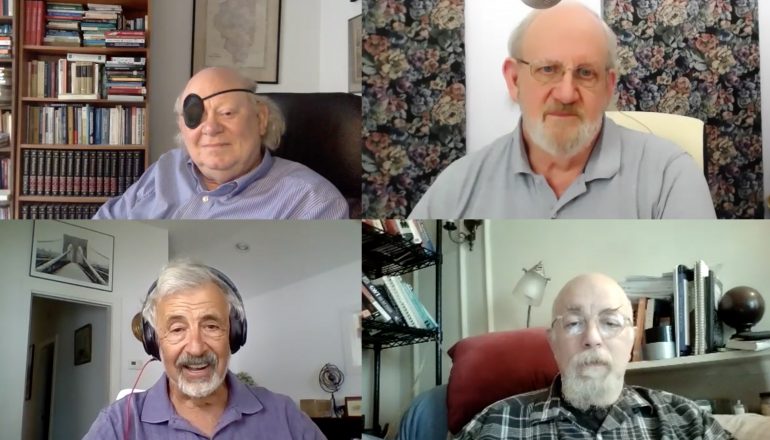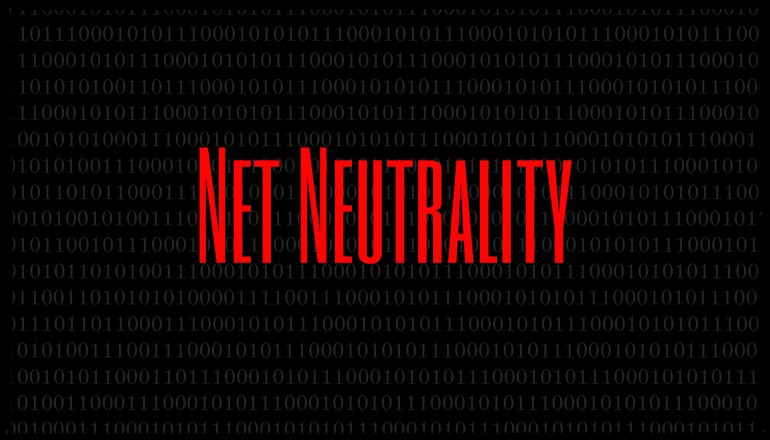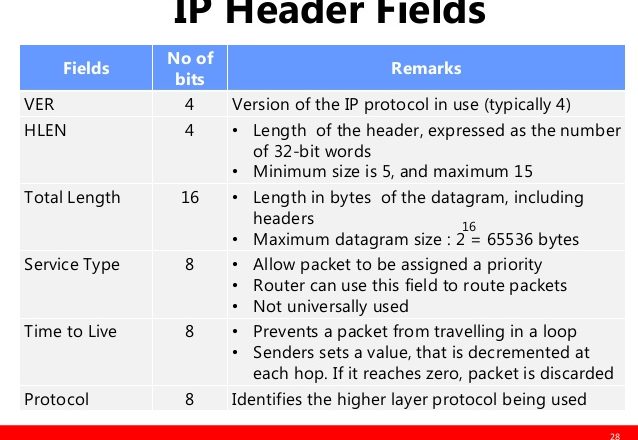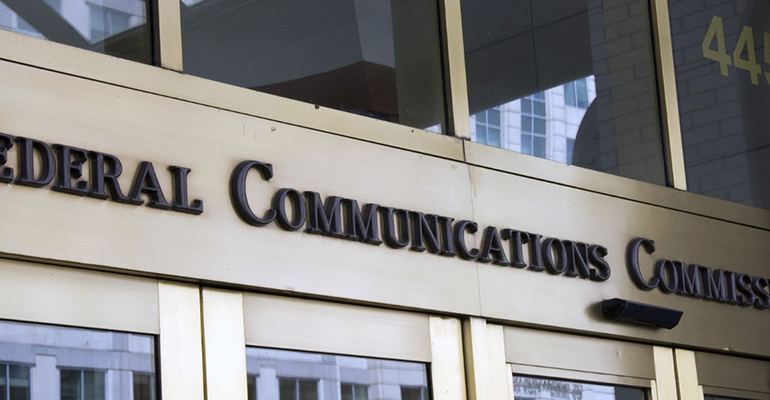Free Speech Now! Kinda…
Free speech is taking a beating on the Internet and ISPs have nothing to do with it. This is peculiar because activists have long insisted that ISPs are the greatest – and…
Internet Pioneers Discuss Network Architecture and Regulation
Internet regulation is like the Game of Thrones, a battle between parochial interests that ignores the threat of an innovation-less winter.
The Information Network vs. the Conversation Service
[Note: This is the third in a series of posts on the EFF letter. The others are here and here.] “The Internet’s just like plain old telephone service”. In essence,…
The Coming Productivity Boom with Bret Swanson
[powerpress] In this edition of the HTF podcast, we talk with Entropy Economics founder Bret Swanson about his recent paper (with Michael Mandel), The Coming Productivity Boom. Swanson sees high…
Big Picture Issues with EFF Letter
As I pointed out in the last post, the Engineers Letter EFF filed with the FCC in the Internet Freedom docket is riddled with errors. It attacks the Commission’s understanding…
EFF’s Engineers Letter Avoids Key Issues About Internet Regulation
One of the more intriguing comments filed with the FCC in the “Restoring Internet Freedom” docket is a letter lambasting the FCC for failing to understand how the Internet works….
The Internet Model
The FCC’s first instinct when it encounters a legitimate issue with Internet management should be to involve the multi-stakeholder community through such means as reaching out to the Broadband Internet Technical Advisory Group (BITAG), the Internet Engineering Task Force (IETF), the Internet Society, and professional organizations such as ACM and IEEE.
Progress in the Debate over TV White Space
Tuesday (July 11, 2017), Microsoft unveiled their current vision for unlicensed radio services in the TV White Space (see “Microsoft calls for U.S. strategy to eliminate rural broadband gap within…
Microsoft Closes Digital Divide! Heh, Just Kidding
Happy Prime Day! Here’s one special deal you don’t want to buy: Microsoft’s grand plan to bring high speed broadband to the less-populated fringe of rural America for peanuts. It…
Regulators Stoke Gatekeeping Fears
FTC Commissioner Terrell McSweeny and former FCC Chief Counsel Jon Sallet have written a frightening editorial for Wired: “Kill the Open Internet, and Wave Goodbye to Consumer Choice“. If the…












